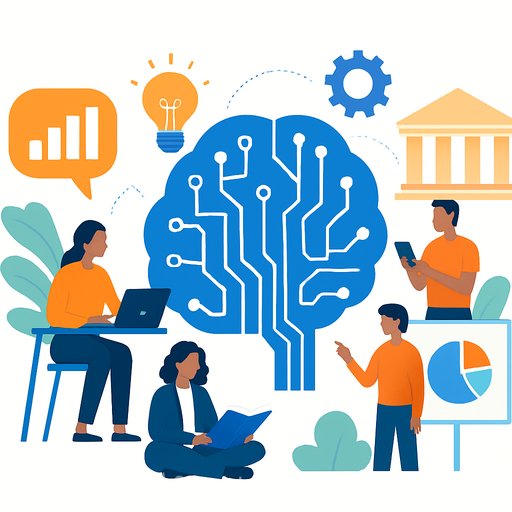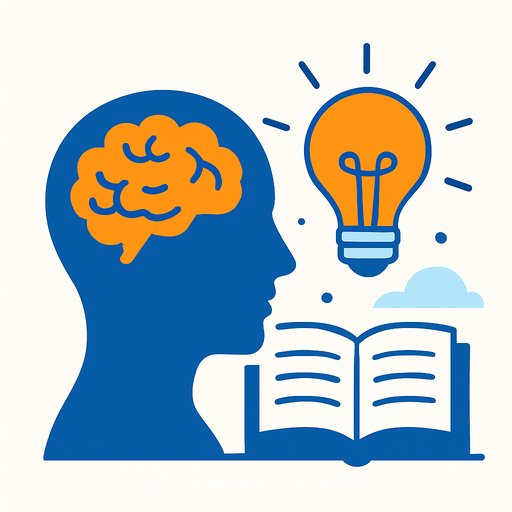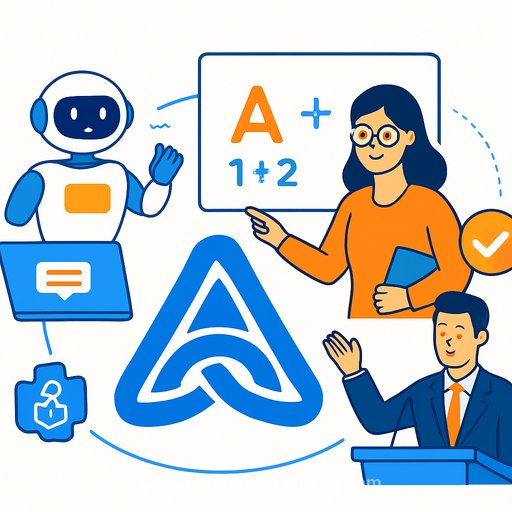Age of Intelligence: How AI Is Redefining Work, Education, and Society
AI has moved from lab demos to daily reality. Algorithms now generate ideas, make decisions, and teach at scale. Global investment passed $200 billion in 2025 as governments and companies race to build smarter systems.
The opportunity is big. So is the responsibility. The question in front of us: how do we grow human roles in a world where machines think?
Work Reinvented: From Replacement to Collaboration
Automation left the factory floor and walked into offices, studios, and labs. Tools draft contracts, write code, analyze markets, and support diagnoses with striking accuracy.
By 2030, as much as 40% of current job functions could be changed or replaced by AI. New roles are already here: AI auditors, prompt engineers, ethics officers, and data interpreters. The advantage goes to teams that mix human insight with algorithmic speed.
Education in the Era of Intelligent Learning
AI tutors personalize study plans, adapt to skill gaps in real time, and give instant feedback. The one-pace-fits-all model is fading.
Curricula are shifting toward problem-solving, digital literacy, and ethics. These are the durable skills. But there's a risk: the digital divide turning into an intelligence divide if access and training are uneven.
What This Means for Educators
- Refocus outcomes on human strengths. Prioritize critical thinking, original synthesis, collaboration, media literacy, and ethical judgment. These compound over a career.
- Use AI as a co-teacher, not a shortcut. Pilot AI for reading support, spaced practice, and formative feedback. Start small, document results, and scale what works.
- Upgrade assessment. Move toward authentic tasks, in-class creation, oral defenses, and process portfolios. Ask for version histories and reflection notes on where AI helped.
- Set clear AI-use policies. Define allowed tools, disclosure rules, and citation standards for AI assistance. Teach students how to verify model outputs and spot hallucinations.
- Protect privacy. Avoid uploading sensitive data. Prefer tools with strong data controls and opt-out options. Create a review checklist for new apps.
- Close equity gaps on day one. Provide shared access, offline options, and teacher-led small groups. Track outcomes by subgroup and fix gaps fast.
- Build faculty capacity. Run short, hands-on workshops and weekly practice sprints. Share prompts, rubrics, and classroom playbooks that others can copy.
- Create simple governance. Form a cross-functional AI committee for procurement, risk review, and classroom guidance. Align to public frameworks where possible, such as the NIST AI Risk Management Framework.
- Prep students for new careers. Teach prompt writing, model limits, data basics, and domain-plus-AI projects. Help them build portfolios that show process, not just outcomes.
Tools and Training (Practical Starting Points)
- Teach with AI tutors for practice and feedback. Use them to free up time for coaching, projects, and discussion.
- Standardize a prompt library. Collect high-signal prompts for reading support, brainstorming, and rubric-aligned feedback.
- Offer short certifications. Recognize student and faculty progress with micro-credentials focused on real classroom use.
- Need structured training? Explore job-specific learning paths at Complete AI Training - Courses by Job or build prompt fluency with resources under Prompt Engineering.
Society at a Crossroads: Risk and Responsibility
AI now recommends what we watch, influences what we read, and touches how we vote. That raises hard issues: privacy, misinformation, bias, and surveillance.
Governments are moving on rules, each with different values and priorities. For a policy view inside the EU, see the European approach to AI. The promise is still massive-faster medical research, smarter energy use, better climate forecasting-but only if inclusion keeps pace with innovation.
Bottom Line for Educators
AI is not here to replace human potential. It is here to redefine what people can do with time, attention, and creativity.
If education leads with clear outcomes, fair access, and practical guardrails, students win. Start with small pilots, measure learning gains, share what works, and keep people at the center. That will do more to set the tone of this era than any algorithm ever could.
Your membership also unlocks:





